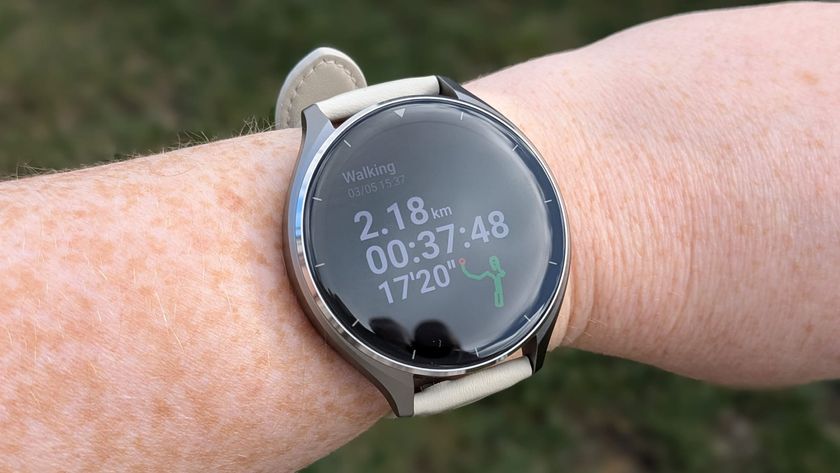Dave Goldberg Death: Treadmills Linked with 3 Fatalities Yearly

The death of 47-year-old Dave Goldberg, CEO of SurveyMonkey and husband of Facebook executive Sheryl Sandberg, shows that serious and even fatal accidents can happen while you're using exercise equipment. But there are safety precautions people can take to prevent injuries, experts say.
Last Friday, Goldberg was exercising at a gym in a private resort in Mexico, where he and his family were on vacation, according to the New York Times. Goldberg appeared to have fallen off the treadmill he was using, and later died from head trauma and blood loss.
"This is a severe example or case where [a treadmill injury] cost him his life," said Dr. Michael Jonesco, a primary care sports medicine physician at The Ohio State University Wexner Medical Center, who was not involved in Goldberg's case.
Fatal injuries from treadmills are rare — between 2003 and 2012, there were 30 deaths associated with treadmills, for an average of three deaths per year, according to the U.S. Consumer Product Safety Commission.
But other injuries — such as ankle sprains or skinned knees — are more common, Jonesco said. In 2014, there were about 24,400 injuries in the United States associated with treadmills that required a visit to the emergency department, out of the 62,600 total injuries associated with any exercise equipment, according to the CPSC.
It's not clear what caused Goldberg to fall from the treadmill. It could have been slipping or tripping, or Goldberg could have experienced a heart problem such as a heart attack, which caused him to lose consciousness, Jonesco said.
Sign up for the Live Science daily newsletter now
Get the world’s most fascinating discoveries delivered straight to your inbox.
When anyone collapses while exercising, "I always worry about the heart" as a possible reason for the fall, Jonesco said.
For this reason, before people start exercising on a treadmill, they should first make sure that they are fit enough to exercise at high intensities, Jonesco said. If a person has risk factors for heart disease, such as older age, tobacco or substance use, obesity or a family history of heart disease, they should speak with their doctor about whether it's safe for them to participate in high-intensity cardiovascular activities, Jonesco said. [7 Common Exercise Errors and How to Fix Them]
People can also get hurt on treadmills if they're in an unfamiliar setting, or using a particular treadmill for the first time, Jonesco said. A new treadmill may have different controls, or a different level of bounce, than a user is used to, which could cause the person to fall.
Until people familiarize themselves with any new piece of exercise equipment, they should start at a lower intensity and avoid distractions such as listening to music with headphones, Jonesco said. Once you become comfortable with a treadmill, then you can increase the intensity of your workout, he said.
People who are used to exercising outdoors may be less comfortable with the rather narrow path of a treadmill, Jonesco said. "It doesn't take much of a misstep or miscalculation" to go off the tread, if you aren't used to the narrow path, he said.
Jonesco also recommends the following safety precautions when you're using a treadmill:
- Move the treadmill away from the wall: If the treadmill is against a wall, you may hit the wall when you fall off, which could increase trauma.
- Use a safety key: The safety key plugs into the treadmill and has a cord that wraps around your wrist. If the key comes out of the treadmill, as it would if you fell, the treadmill automatically stops.
- Exercise with friends: If other people are in the gym with you, they can take action in case there's an emergency.
Jonesco noted that treadmills are generally safe, and provide a means to exercise when you would not otherwise be able to, such as when it's very hot or cold outside. "I would not recommend against the use of treadmills for fitness ... [but] as with any exercise activity, safety is first."
Follow Rachael Rettner @RachaelRettner. Follow Live Science @livescience, Facebook & Google+. Original article on Live Science.

Rachael is a Live Science contributor, and was a former channel editor and senior writer for Live Science between 2010 and 2022. She has a master's degree in journalism from New York University's Science, Health and Environmental Reporting Program. She also holds a B.S. in molecular biology and an M.S. in biology from the University of California, San Diego. Her work has appeared in Scienceline, The Washington Post and Scientific American.











